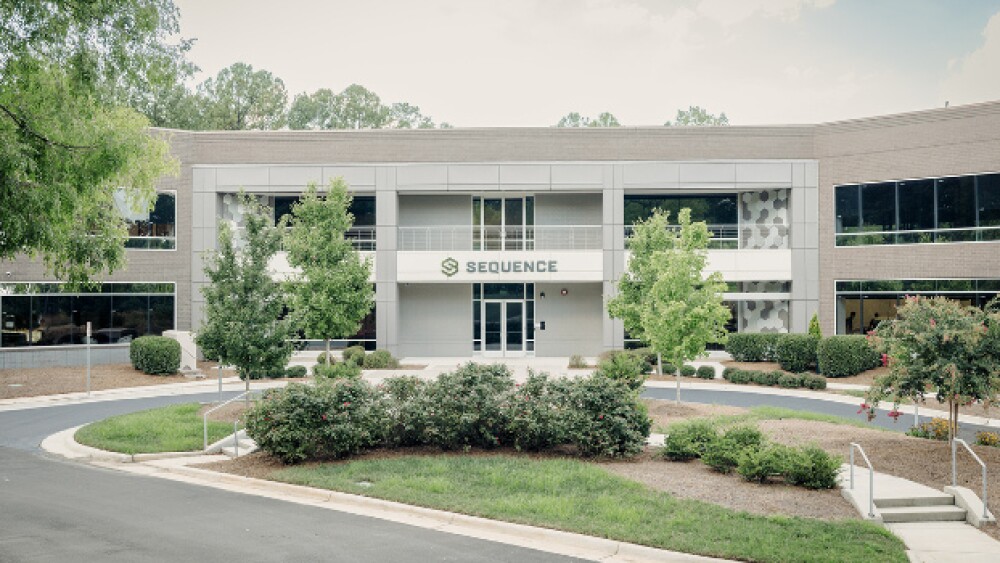DURHAM, N.C. –-Congress and other policy makers are considering an increase in the oversight of physicians’ relationships with medical device firms, but new research from Duke University’s Fuqua School of Business suggests that greater regulation could stifle the development of new medical devices.Duke Professors Aaron Chatterji, Kira Fabrizio, Will Mitchell and Kevin Schulman used physician data from the American Medical Association Physician Masterfile and patent listings from the National Bureau of Economic Research to determine the extent to which physicians are inventors of medical devices used in patient care and the relative importance of their inventions. The team’s findings appear in the November issue of Health Affairs.
The group found that physicians were listed as the inventors of nearly 20 percent of the 20,000 medical devices patented in the United States between 1990 and 1996, and that 60 percent of physician-inventors work in private practice, not an academic medical setting. “This is clear, quantitative evidence that doctors are a driving force behind a significant portion of the new medical devices developed each year,” Mitchell said.
The Duke team also investigated the importance of patents held by physicians relative to other patents. To quantify importance, the researchers counted the number of later patents that cited physicians’ patents (indicating that the later technology was somehow influenced by the original invention). The team also considered the range of technological areas influenced by the original patents.
Physician patents received an average of 15.2 citations per patent, compared with 12.7 for other patents, and were also cited in a wider range of other patents.
“Researchers have estimated that each citation represents $1 million in value for the patent-holding firm,” Chatterji said. “Therefore, the number of citations received by physician patents is a significant indicator of the potential value of physician-invented products.”
One argument for physician involvement in device development relates to physicians’ role in the innovation process. “Doctors who are closest to patient needs frequently have the best ideas regarding how to solve clinical problems and know the most about needs for product modifications and new products,” Fabrizio said.
“None of this changes the fact that we should still be concerned about the nature of physicians’ ties to companies that develop and market medical devices,” Schulman said. “No one wants physicians’ decisions about patient care to be influenced by potential financial gain. However, these results suggest that we should not institute absolute barriers to physician involvement in device development activities and that balancing patient interests and the need for innovation may be a more complex task than has been previously recognized.”
A full disclosure of Kevin Schulman’s financial relationships can be found at http://www.dcri.duke.edu/research/coi.jsp




